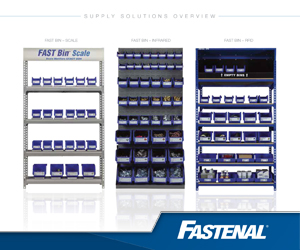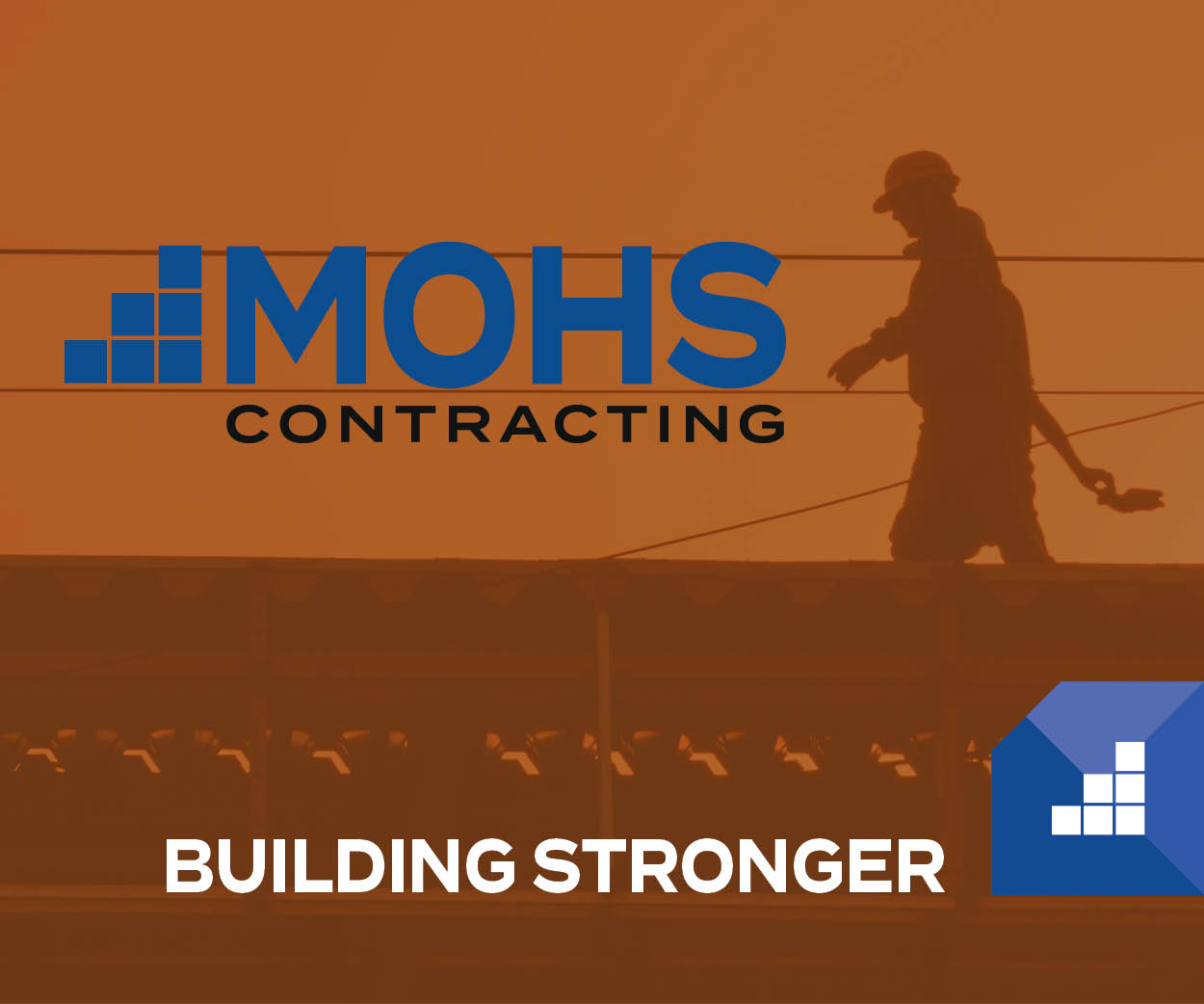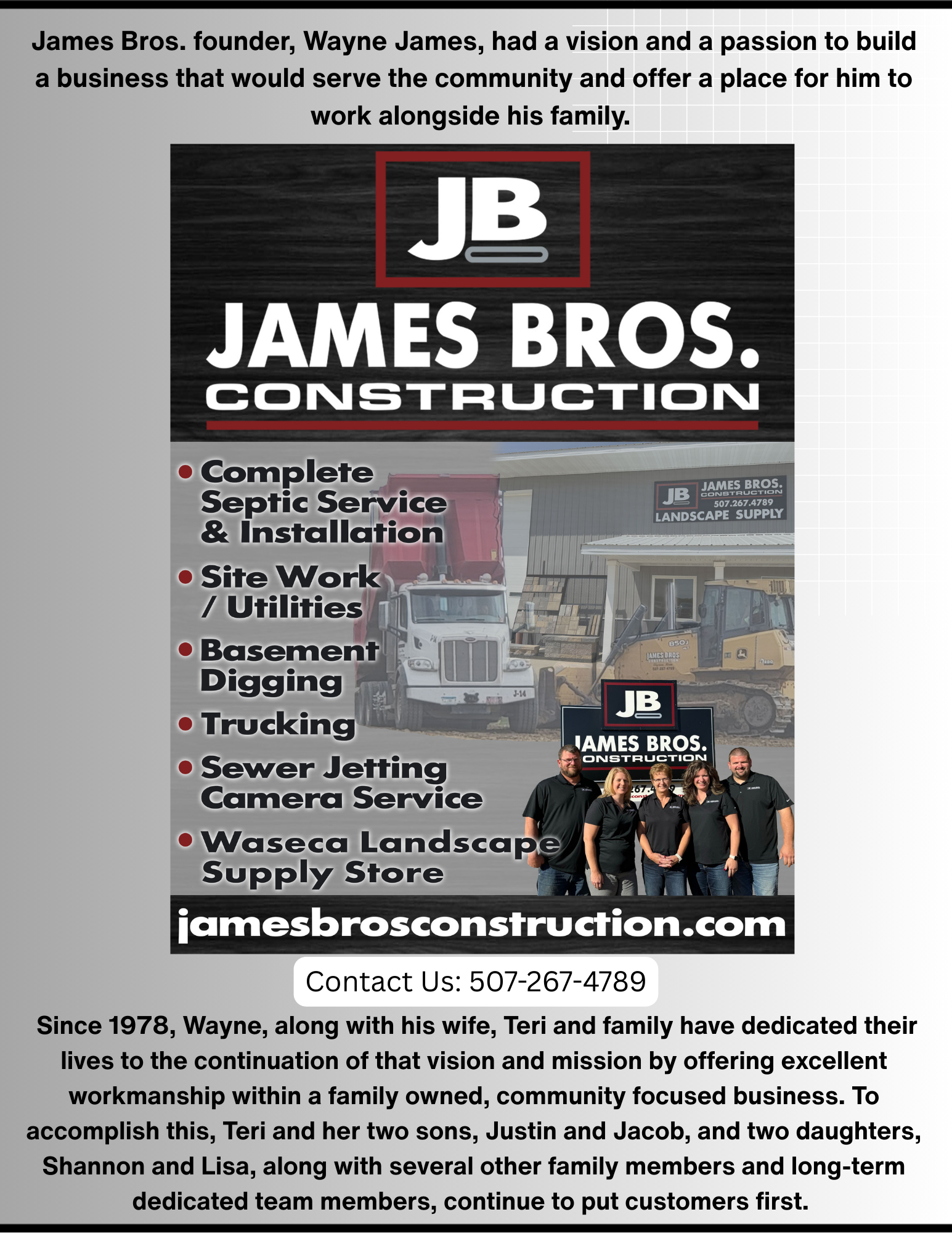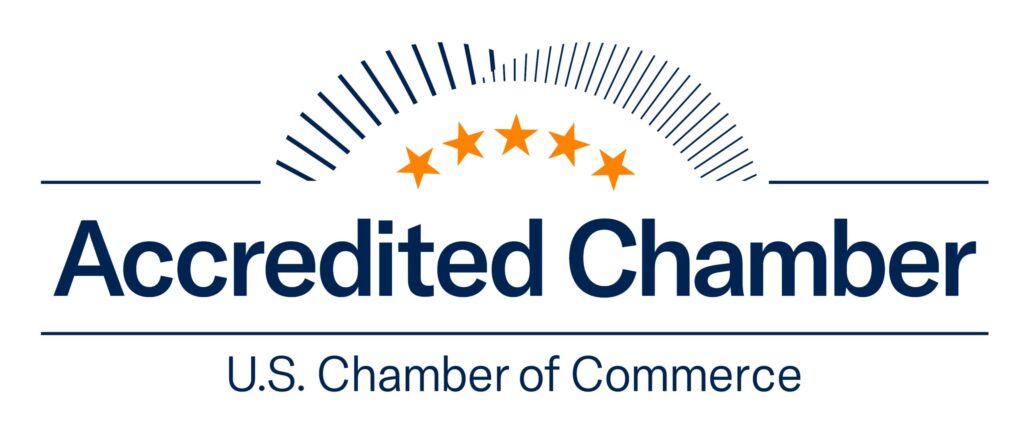We’ve all heard the term ‘death by a thousand cuts’. A way of explaining how things went wrong and how it was never just one thing that got us to this point in time. The housing challenges facing the upper Midwest seem to be feeling all the cuts.
At a recent growth breakfast hosted by the Owatonna Area Chamber, business leaders heard about a piece of legislation at the statehouse right now that would make it easier for housing units to go up across Minnesota. Regulation changes like that may make an impact in some communities, but as was discussed at the event in cities like Owatonna, we are already very flexible in zoning housing.
Even as you read this, that legislation is changing at the capitol. The current version would allow multifamily residential developments to be permitted for use in commercial areas (something Owatonna already does) and add a provision that would allow Accessory Dwelling Units on all residential lots.
What are the factors that have made housing so expensive and why is it so expensive in Minnesota?
Existing Housing: According to Housing First Minnesota, as of 2022, Minnesota would need to triple its annual production of homes to meet the demand.
*New Housing: The same home by the same builder Is far more affordable in other Midwest markets than in Minnesota. In suburban Chicago, the identical home is $70,000 LESS than that same home in Twin Cities. SOURCE: Housing Affordability Institute
Additional items pushing costs upwards:
-
- Building material costs – lumber moderated, steel/components still high.
- Labor is a challenge and associated costs impact housing.
- Regulatory costs in Minnesota stand out: Regulatory requirements such as 3-car garage mandates, aesthetic mandates, and larger lots add to the price of homes in some communities.
- Statewide stormwater regulations
- Higher interest rates
- Development costs to open up new land
- Less inventory of lots available
Professionals in the housing industry could come up with many more. The point is that this housing shortage, coupled with high costs of production, continues to set housing numbers back in Owatonna and across the state of Minnesota.
This comes at a time when Owatonna is poised to grow and expand its talent base.
Fortunately, multifamily apartment complexes that have developed across the city have provided Owatonna the ability to continue to grow as a community and over 300 more apartment units will go online in 2024.
The Owatonna City Council is discussing ways to nudge the elusive single-family market forward by taking on some of the risks of new development by covering some upfront costs like new roads. The city eventually gets paid back when homes are developed. It’s a shared risk model that is needed in today’s housing situation to spark development.
The United Way of Steele County is receiving federal dollars to purchase 10 new lots for home construction.
The City is applying for federal funds to build an affordable senior housing apartment and businesses are supporting the initiative financially as well.
Local builders are looking for ways to build homes at a price point more people can afford.
There are many reasons for the critical housing shortages and it will take many things to get the building moving faster.
*Data taken from the Housing First MN Website









![BB_MN_300x250[6]](https://owatonna.org/wp-content/uploads/2024/12/BB_MN_300x2506.jpg)




Leave a Comment